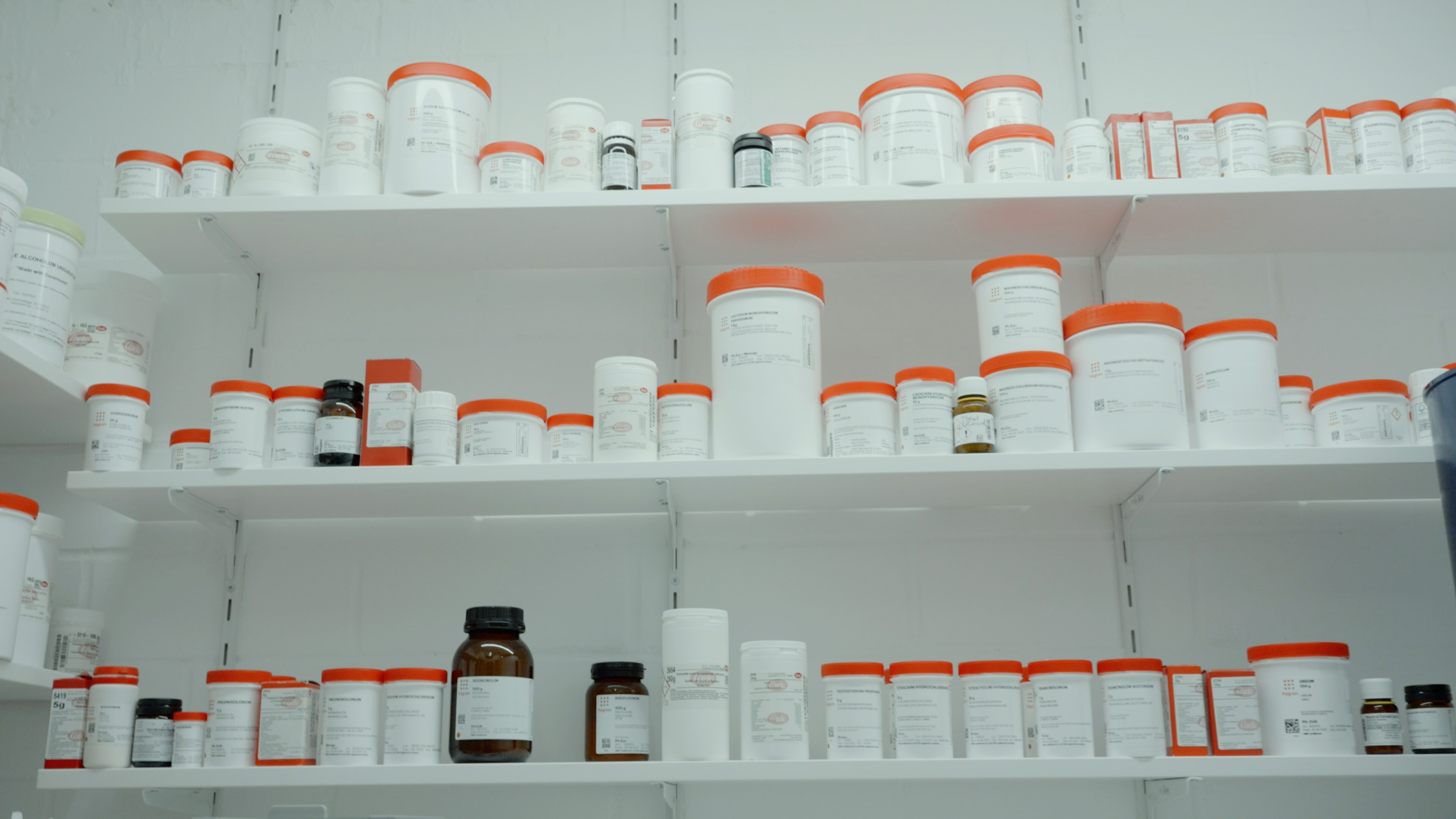Laboratory Chemicals and Testing in Compounding Pharmacies
Compounding pharmacies play a critical role in modern healthcare by preparing personalized medications tailored to individual patient needs. Whether it's customizing dosage strengths, removing allergens, or combining multiple medications into a single formulation, compounding requires a high level of precision—and that begins with laboratory testing and high-purity chemicals.
In this article, we explore the essential testing protocols and laboratory chemicals used in compounding pharmacies, and how chemical distributors support quality assurance and regulatory compliance in this specialized field.
What Are Compounding Pharmacies?
Compounding pharmacies formulate medications from raw ingredients to meet unique patient requirements. Common examples include:
-
Pediatric or geriatric dosage adjustments
-
Hormone replacement therapy (HRT)
-
Pain management creams or gels
-
Allergen-free medications
-
Veterinary formulations
Because these medications are custom-made, they must undergo in-house quality control testing to ensure safety, potency, and consistency—especially for non-sterile and sterile compounds.
Essential Lab Testing in Compounding Pharmacies
1. Potency and Assay Testing
This testing ensures that the active pharmaceutical ingredient (API) is present at the correct concentration in the final product.
Techniques Used:
-
High-Performance Liquid Chromatography (HPLC)
-
UV-Vis Spectrophotometry
-
Thin-Layer Chromatography (TLC)
Common Chemicals:
-
Acetonitrile, methanol, ethanol – solvents for analysis
-
Buffer solutions (phosphate, acetate)
-
Standard reference materials (USP-grade)
2. Sterility and Endotoxin Testing (for sterile compounds)
Sterile injectables, eye drops, and other preparations must be free from microbial contamination and endotoxins.
Testing Methods:
-
USP <71> Sterility Test
-
Limulus Amebocyte Lysate (LAL) Test
-
Membrane filtration and direct inoculation
Lab Chemicals:
-
Tryptic soy broth, fluid thioglycollate medium
-
LAL reagents, endotoxin-free water
-
Alcohols (isopropyl, ethanol), disinfectants
3. pH and Stability Testing
pH can influence solubility, shelf life, and skin/tissue compatibility of compounded medications.
Typical Applications:
-
Ophthalmic and parenteral solutions
-
Transdermal creams and gels
Reagents Used:
-
pH buffers, electrolyte solutions
-
Stability-indicating solvents
-
Oxidizers/reducers (e.g., hydrogen peroxide, sodium metabisulfite)
4. Microbial Limit Testing (USP <61> and <62>)
Non-sterile compounds like topical gels or oral suspensions must meet microbial count limits.
Microbiological Tools:
-
Culture media (Sabouraud, MacConkey, TSA)
-
Neutralizing agents
-
Incubation buffers and dyes
5. Visual Inspection and Physical Testing
Every compound undergoes inspection for appearance, texture, color, and consistency.
Examples:
-
Capsules: weight variation, uniformity
-
Creams: texture, phase separation
-
Suspensions: sedimentation and resuspension behavior
Helpful Chemicals:
-
Viscosity standards, emulsifiers, preservatives
-
Analytical dyes, reagents for phase testing
Common Chemicals for Compounding Pharmacies
| Chemical/Reagent | Use Case |
|---|---|
| Acetonitrile (HPLC-grade) | Assay and impurity testing |
| Isopropyl alcohol (IPA) | Surface and vial sterilization |
| Tryptic soy broth (TSB) | Microbial detection |
| Endotoxin-free water | Sterile testing preparations |
| Sodium hydroxide/phosphoric acid | pH adjustment |
| USP-grade standards | Potency verification |
| Ethanol 95–100% | Solvent and antimicrobial agent |
Regulatory Requirements for Compounding Labs
Compounding pharmacies must comply with:
-
USP <795> – Non-sterile compounding
-
USP <797> – Sterile compounding
-
USP <800> – Hazardous drug handling
-
State Board of Pharmacy and FDA 503A/503B regulations
Reliable access to laboratory-grade chemicals is essential for formulation, validation, and compliance.
How Chemical Distributors Support Compounding Pharmacies
At 949 Chemical, we understand the unique needs of compounding pharmacies and provide:
-
USP/NF-grade ingredients
-
High-purity solvents and acids for testing
-
Small-batch and bulk container options
-
Detailed COAs, SDSs, and regulatory documentation
-
Fast, local delivery across San Diego, Orange County, Los Angeles, and Santa Barbara

